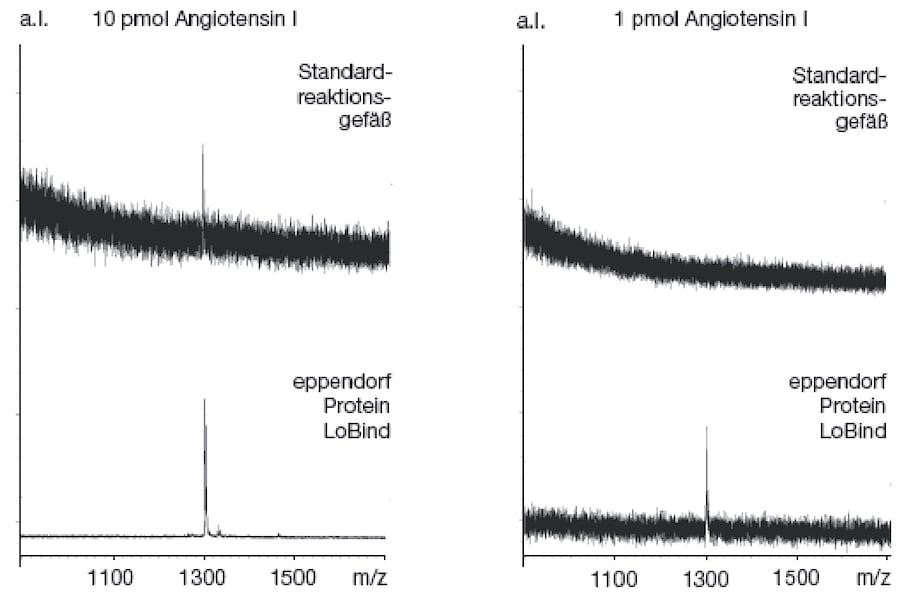MENU
LT | EUR
-
-
-
-
- Forum Labo 2025
- Advanced Therapies Week (ATW) 2025
- SLAS Europe 2025
- Bioprocessing Summit Europe 2025
- Medlab Middle East 2025
- SLAS International 2025
- Biologics World Nordics 2025
- ASIA LABEX: The Lab Show 2025
- BioProcess International Europe 2025
- ISEV 2025
- Future Labs Live 2025
- DataHow Symposium 2025
- Cell 2025
-
-
-
-
- Forum Labo 2025
- Advanced Therapies Week (ATW) 2025
- SLAS Europe 2025
- Bioprocessing Summit Europe 2025
- Medlab Middle East 2025
- SLAS International 2025
- Biologics World Nordics 2025
- ASIA LABEX: The Lab Show 2025
- BioProcess International Europe 2025
- ISEV 2025
- Future Labs Live 2025
- DataHow Symposium 2025
- Cell 2025
LT | EUR
-
- Benchtop Centrifuges
- Floor-Standing Centrifuges
- Refrigerated Centrifuges
- Microcentrifuges
- Multipurpose Centrifuges
- High-Speed Centrifuges
- Ultracentrifuges
- Concentrator
- IVD Products
- High-Speed and Ultracentrifuge Consumables
- Centrifuge Tubes
- Centrifuge Plates
- Device Management Software
- Sample and Information Management
You are about to leave this site.
Please be aware that your current cart is not saved yet and cannot be restored on the new site nor when you come back. If you want to save your cart please login in into your account.
No results found
Search Suggestions
Protein LoBind® Plates
Partial view of Eppendorf LoBind® plate

Płytki Eppendorf Protein LoBind® zapewniają niezrównany poziom odzysku białek.
MALDI-TOF graph depicting signal intensity at 1 pmol and 10 pmol Angiotensin I using protein LoBind tubes.

Wysokiej jakości spektrometria masowa MALDI-TOF przeprowadzona na peptydach przechowywanych w probówkach Protein LoBind® i standardowych
epT.I.P.S.® L elongated pipette tips in use to fill a Deepwell plate

Wydłużone końcówki do pipet epT.I.P.S.® L firmy Eppendorf umożliwiają obsługę szerszego zakresu naczyń ze względu na smukły i wydłużony kształt końcówki
Barcoded Eppendorf LoBind® plate in deep well format

Dostępne w wersji z kodem kreskowym ułatwiającym obsługę automatyczną
Eppendorf LoBind® plate in deep well format

Płytki Eppendorf Protein LoBind® są dostępne w formacie głębokodołkowym
Eppendorf LoBind® - How it works
Videos not loading, because cookies have been rejected. Change your

-
Barcode Option Available
Product Information
Eppendorf Protein LoBind Plates are designed with protein in mind. For troublesome samples where protein concentrations are low, the Eppendorf LoBind plates ensure maximal sample recovery - protecting enzyme activity and facilitating downstream analysis.
Customized barcoding is available for select versions of this product. Please visit the detail page for eligible products to access the Barcode Wizard and start designing your label. Pre-coded plates are directly available as SafeCode version.

-
Request lot-specific certificates (not applicable for "Eppendorf Quality")
-
Learn more about purity grades available from Eppendorf
You will find additional download material at the bottom of this page
Products (11)
11 Products
Catalog no.
0030504216
|
Catalog no.
0030524101
|
Catalog no.
0030624300
|
Catalog no.
0030504100
|
Catalog no.
0030504119
|
Catalog no.
0030504208
|
Catalog no.
0030504305
|
Catalog no.
0030508106
|
Catalog no.
0030508203
|
Catalog no.
0030528107
|
Show more Products
Added to Your Cart
Product Information
Applications
Features
Product Information
Maximize your protein sample recovery with Eppendorf Protein LoBind Plates! Eppendorf LoBind plates are designed with a special, two-component polymer mix, creating a hydrophilic surface to ensure optimal sample recovery rates. These plates are specially developed for protein research or sensitive proteomic test methods, providing superior results by reducing sample binding to the plate surface.


High-quality Eppendorf Protein LoBind
products
Available in a variety of formats including tubes, microplates and deep well plates to meet the different application needs for various sample volumes and throughput.




Superior protein recovery
Eppendorf LoBind® Tubes for protein recover significantly more protein compared to other low binding tubes after incubation for 96 h. (See Application Note 180 for more details).




Outstanding signal during MALDI-TOF analysis with Protein LoBind® Tubes
Protein LoBind® Tubes help to increase signal intensity during MALDI-TOF analysis, allowing you to detect and analyze at concentrations normally considered undetectable (1 pmol) when compared to standard tubes. In these graphs, the arrows identify the signals in each experiment. (Source: Dr. S. Seeber and Dr. Humeny, Institute of Biochemistry, University of Erlangen-Nürnberg, Germany, see Application Note 180 for more details).


Read More
Read Less
Applications
- Preparation or storage of protein, peptide or antibody samples
- Enzymatic assays – the hydrophilic surface reduces denaturation when it comes into contact with the tube inner wall
- Prevention of sample loss during storage of virus stock solutions
- Storage of cell suspensions
Features
- Eppendorf LoBind material ensures excellent sample recovery for improved assay results
- Free of surface coating (e.g., silicone) to minimize the risk of sample interference
- Lot-certified PCR clean purity grade: free of human DNA, DNase, RNase and PCR inhibitors
- Available in tube, microplate, and deepwell plate formats for easy-up scaling
- High-contrast Unique OptiTrack® matrix: up to 30 % faster sample identification and fewer pipetting errors
- RecoverMax® well design: optimized well geometry for minimal remaining/dead volume and excellent mixing properties
- Raised well rims and a smooth surface ensure reliable sealing in plates



















